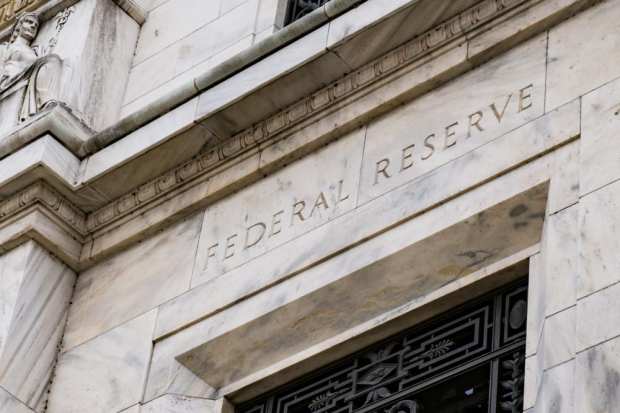Federal Reserve To Launch FedNow Instant Payments System

The Federal Reserve has officially announced it will create a real-time payments service, to be called FedNow. The move was described by Kansas Federal Reserve President Esther George as the biggest infrastructure upgrade embraced by the Federal Reserve since the ACH system went online in 1972.
The news was announced live and online by Federal Reserve Board Member Lael Brainard, who focused her remarks on the extensive feedback that went into making the choice – and the strong consensus among members of the banking and payment communities that the time is right for the Fed to invest in a real-time payments system that is broadly accessible across the financial services ecosystem. Of the 350 comments received on the subject of a faster payments service representing input from over 800 organizations, Brainard said, “Ninety percent called for the Federal Reserve to operate a real-time payments service.”
Brainard further noted that the Fed is not looking to displace or directly compete with the various private-sector services already proliferating in the market, but to leverage its pre-existing inbuilt connections to over 10,000 U.S. banks. While the private service has a large part to play in this market, she noted, the Fed’s size, scale and long history in the U.S. payments system means it can create a level of accessibility to faster payments that could not be matched in the private sector in any kind of reasonable timescale. Instead, the goal of the FedNow service is to serve as an infrastructural platform on which the private sector can easily build.
That stipulation is very important for the creation of the FedNow system. Under the Monetary Control Act, in order to create its own system, the Fed must show that it is providing a service the private sector cannot.
And accessibility is particularly important for this system, Brainard said, because those most likely to suffer from the two- or three-day window – which commonly exists between when money is deposited or transferred into an account and when it is available for use – are low-income Americans living paycheck to paycheck and those on a fixed income.
“This is also important for small businesses, where getting funds from a sale immediately can make the difference in being able to pay a supplier and avoiding costly, long-term financing,” she noted.
The central bank is currently requesting comments on the design of the service, which it expects to make available in 2023 or 2024.
“Through the FedNow service, we hope to provide a modern infrastructure for the future of faster payments with safety and security for all,” Brainard said.
